How to Secure Your Remote Workers’ Network Connections

Ah, remote work. The glorious age of video calls in pyjamas, making coffee in your own kitchen, and pretending the dog barking in the background is not a security risk. But while working from home has brought us many joys (and the occasional Teams call in your dressing gown), it’s also opened a Pandora’s box of potential network security nightmares.
If your staff are logging in from coffee shops, spare bedrooms, or that random corner in the house where the Wi-Fi signal just about holds up – then it’s time to tighten up your remote access security.
Here’s how to do it without needing a PhD in cybersecurity or sacrificing your employees’ sanity.
1. Start with a VPN – No, Not the Free Kind
We’re not talking about the dodgy free VPN that Dave from accounting downloaded “just to stream Netflix from the States.” You need a business-grade VPN – ideally one that supports split tunnelling, strong encryption, and has a proper management dashboard.
Action step:
- Invest in a reputable, enterprise-grade VPN solution (e.g., Cisco AnyConnect, Fortinet, or OpenVPN Access Server).
- Enforce VPN usage for all staff when accessing internal systems or cloud apps.
2. Use Multi-Factor Authentication (MFA) Everywhere. Yes, Everywhere
MFA is that second step where your staff get a code on their phone before logging in. Yes, it’s an extra click. No, it’s not optional. If a hacker nabs a password, MFA is what stands between them and your precious company data.
Action step:
- Enable MFA on everything: email, cloud storage, remote desktop, CRM, you name it.
- Use authenticator apps like Microsoft Authenticator or Authy instead of SMS codes where possible (because SIM-swapping is a thing – and it’s nasty).
3. Ditch Home Routers with More Holes Than a Teabag
Let’s face it – most home Wi-Fi routers are about as secure as leaving your front door unlocked with a sign saying “Come in, take what you like.” And if you’re still rocking a default admin password, then congratulations – you’ve already made a hacker’s day.
Action step:
- Make sure staff change default router admin credentials.
- Ensure WPA3 or at least WPA2 encryption is enabled.
- Consider providing employees with pre-configured, secured routers or mesh Wi-Fi units.
4. Patch Like Your Life Depends On It (Because It Sort of Does)
Patching isn’t just for servers. Remote workers’ laptops, phones, routers – they all need updates. Unpatched software is one of the easiest ways in for cybercriminals.
Action step:
- Set up automated updates for operating systems and software.
- Use a remote monitoring tool to track patch status across all devices.
5. Give Staff Devices You Control (No, Gary’s Gaming Laptop Doesn’t Count)
If your staff are working on their own devices, you’re essentially betting the company’s security on whether they’ve installed antivirus or remembered not to torrent that suspicious “free Excel plugin.”
Action step:
- Issue company-managed laptops with security controls, encryption, and endpoint protection.
- Use Mobile Device Management (MDM) software to enforce policies remotely.
6. Educate Your Team – Without Sending Them to Sleep
Cybersecurity awareness doesn’t need to be death by PowerPoint. A quick monthly email or funny 2-minute video can do wonders. The goal? Stop them from clicking dodgy links or plugging in random USB sticks they found in the car park.
Action step:
- Run regular, short security awareness training.
- Test them occasionally with phishing simulations (and yes, laugh at the results – privately).
7. Limit Access Like a Grumpy Bouncer at a Nightclub
Just because someone can access something doesn’t mean they should. Keep access strictly on a need-to-know basis – especially for admin privileges.
Action step:
- Implement the Principle of Least Privilege.
- Review access permissions regularly and revoke unused accounts.
8. Backups Are Boring… Until You Need Them
Ransomware is still out there, ruining mornings and draining bank accounts. If something goes wrong, a secure and tested backup could save your bacon.
Action step:
- Use encrypted, offsite/cloud backups.
- Test restore processes regularly – backups are pointless if they don’t actually work.
Final Thoughts: Don’t Panic, Get a Plan
Securing remote connections isn’t about locking everything down like Fort Knox and making your team miserable. It’s about smart, proactive steps that make life harder for hackers and easier for your business.
And if all this sounds like a lot (it is, kind of), that’s where we come in. At Tier 3 Solutions, we help businesses like yours set up secure, remote-friendly networks that don’t cost the earth or require a small army of IT folk.
Need a hand? We’re here for a friendly chat, a jargon-free audit, or just to swap horror stories about that one time someone clicked that link.
